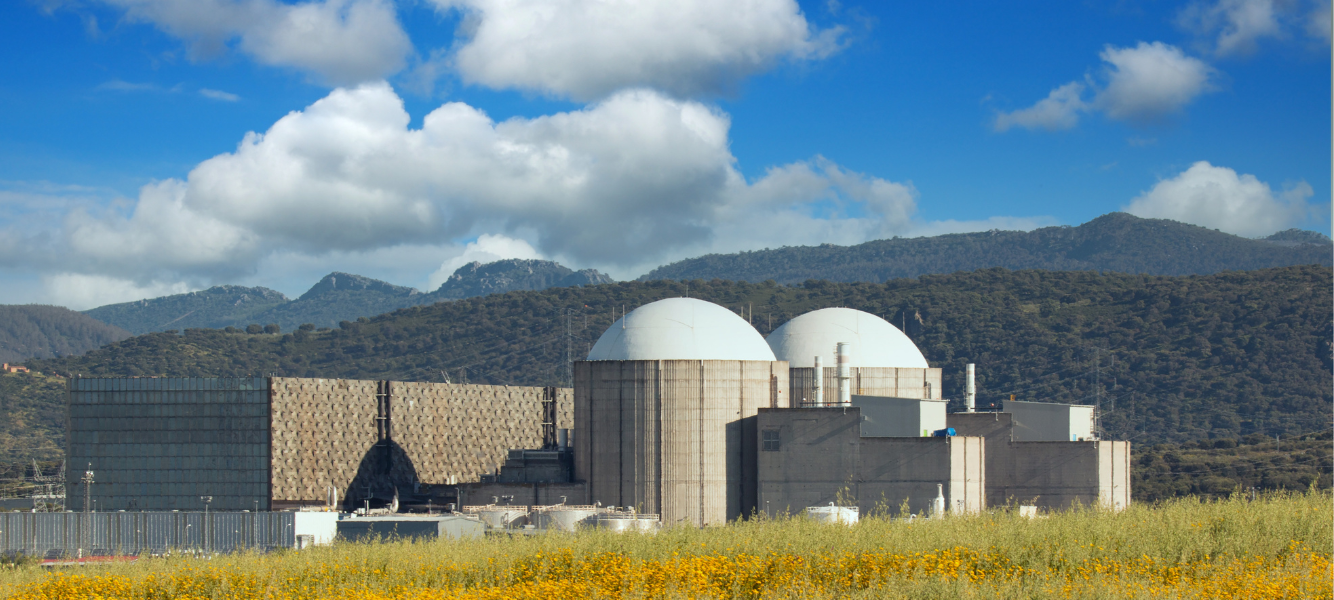The UK’s renewables sector has reached a clear inflection point.
The government has set out a national plan to speed up delivery of clean power and expand the workforce needed to build it.
As reported in the BBC’s coverage of the announcement, with 400,000 jobs to be added to the energy sector, this is a signal to get on with the work.
For employers and project partners, the question is simple, can you hire the people to deliver at the pace being set?
The shift matters for recruitment.
Policy creates investment, investment creates projects, and projects create hiring demand.
The UK clean energy job boom is already visible in approvals, auctions, grid work and supply chain activity.
Planning for talent must now move in step with planning for capital.
From announcements to action
This is not a standalone headline.
Within days of the policy update, the Tillbridge Solar project in Lincolnshire was approved and confirmed as the UK’s largest solar farm to date.
Independent trade press have set out technical details, including planned capacity and grid connection at Cottam substation.
Offshore wind is also back on track after changes to auction pricing, with new rounds designed to restore confidence and secure final investment decisions.
The National Grid is pushing ahead with reforms that prioritise strategic projects for connection, which helps unblock delivery across wind, solar and storage.
The overall generation mix is shifting too.
In 2024, renewables supplied more than half of UK electricity on average, according to industry data, and that share is set to rise as new schemes reach operation (sector snapshot).
When supply grows, demand for people grows with it.
What the UK clean energy job boom means right now
The government’s Clean Energy Jobs Plan sets out a route to create hundreds of thousands of roles by 2030, with emphasis on practical trades and technical disciplines, such as electricians, welders and plumbers.
It also highlights the need for technicians, project managers and HSE professionals across large projects .
Business media are reporting the same push, with a focus on training pathways and workforce growth to meet delivery timelines.
Developers are scheduling site mobilisation dates. EPCs are mapping crews against build windows. Grid contractors are sequencing delivery as connections open up.
The companies that secure talent early will keep their critical paths intact.
The ones that wait will chase the same people, at higher cost, with higher risk to schedule.
Where hiring pressure will build first
- Offshore wind will continue to need planners, package managers, client reps, cable engineers, marine coordinators and high voltage specialists.
- Onshore wind and solar will draw heavily on civil engineers, electrical supervisors, commissioning technicians and construction managers.
- Battery storage will keep pulling in control engineers, SCADA specialists, commissioning managers and O&M teams, linked to grid code compliance.
- Hydrogen pilots and carbon capture will create pockets of demand for process engineers and instrument technicians, with strong links to chemical and refining skill sets.
Pressure will not land evenly across the UK.
The North East, Scotland and East Anglia will feel it in offshore.
The Midlands and Yorkshire will see more solar and grid related activity linked to approved projects.
Local labour markets will tighten. Pay will adjust. Commute and relocation will become routine factors again.
The roles and skills that will set projects up for success
Projects need mix, not just numbers.
A solar build with no grid connection lead will slip.
An offshore package with no experienced cable engineer will stall. The roles that often decide outcomes include:
- Grid connection managers and electrical engineers who can manage DNO and TSO interfaces, including protection settings and compliance testing.
- Commissioning managers and technicians who can bring assets online safely, with clear documentation and handover to operations.
- HSE leaders who understand CDM, temporary works and the realities of multi‑contractor sites.
- Planners and project controllers who can integrate supply chain schedules into a single programme and surface risk early.
- Talent leads who know the market, so hiring does not become the critical path.
These skills sit across sectors.
Oil and gas, heavy industry and infrastructure continue to provide strong transferable talent.
Targeted conversion works best when employers set clear induction, supervision and upskilling plans.
Data led hiring, how to run talent mapping that actually helps delivery
Talent mapping is only useful if it drives action.
We recommend a five part approach that turns market data into a hiring plan you can use on Monday morning.
- Role taxonomy: Define the exact roles, seniorities and certifications you will need by month. Tie this to your programme. Avoid generic lists.
- Location intelligence: Identify where target talent is based today, where it is moving from, and the realistic commute bands. Use this to decide site ratios, travel allowances and whether to centralise or localise hiring.
- Competitor mapping: Track which employers are hiring from the same pools, and when their peaks and troughs occur. Plan your offers to avoid direct clashes.
- Transferability analysis: Map adjacent sectors and set clear criteria for conversion, including safety tickets, equipment experience and lead times for training.
- Pipeline and succession: Create shortlists now for roles due in three to nine months. Line up backfills for supervisors and leads. Keep engagement warm with clear touchpoints.
This method is built into Astute’s delivery. It is how we stop recruitment from becoming the bottleneck.
People Plus, a managed solution for the UK clean energy job boom
Astute’s People Plus is a fully managed recruitment solution that supports complex hiring at pace. It blends market insight, targeted campaigns and hands on delivery.
The outcome is simple; the right people, on site, on time.
People Plus gives clients three advantages.
First, clarity. You see the talent market, the pay picture and the realistic lead times, so project plans are based on facts.
Second, capacity. A dedicated delivery team that scales up when your programme peaks.
Third, control. One accountable partner managing search, screening, compliance and reporting, with MI that ties into your governance.
Typical deliverables include role scoping with hiring managers, campaign pages and content, multi channel search and outreach, interview and selection support, on boarding and right to work checks, weekly reporting on time to hire, offer acceptance and pipeline health.
We also integrate with client ATS systems and can operate in a campaign or retained model depending on scope.
How this works in practice
Every project is different, so the approach flexes.
A battery storage client may need 30 hires to mobilise within eight weeks across supervisors, HV authorised personnel and commissioning techs.
A solar EPC may need a rolling intake of electricians and civils crews aligned to phased land access.
A wind developer may need early package managers, planners and grid specialists long before turbine techs arrive.
People Plus handles these patterns without losing momentum.
Because we track movement across projects, we can see where labour is likely to free up, and where competition will spike.
That helps clients time offers and set pay ranges that land well without inflating costs.
Why employer brand and candidate experience now matter more
In a tight market, candidates choose.
Speed and clarity win offers.
Employers who keep processes simple, give quick feedback and set honest expectations convert more hires.
Site based roles often need tight coordination on travel and accommodation, so practical support helps.
Candidates also want to see safety culture and career path, not just a day rate.
Small changes, such as structured inductions and predictable rotas, can lift retention.
What leadership teams should be doing this quarter
Treat hiring as part of project controls.
Build it into your risk register. Fund it properly. Ask for a live market view, not a generic report. Set accountabilities for each critical role family.
Decide which packages need retained support and which can run as contingent.
Agree your conversion plan for adjacent sectors.
Lock in interview panels and technical tests ahead of go live.
Do these things now, not when the site gates open.
Expert insight, Matt Dickens, Sales Director at Astute
“Clients are starting to budget for people in the same way they budget for plant and materials,” says Matt, Sales Director at Astute.
“That shift is healthy. When hiring has a plan, projects do not lose weeks to avoidable gaps. The firms that engage early, share their programme with us, and commit to a joined up approach, are the ones that hit their dates.
“The UK clean energy job boom is good news, but it will stretch the market. The answer isn’t hope, it’s preparation, clear data and partnership.
“When employers, training providers and recruiters pull in the same direction, we deliver on time and safely.”
Delivery at pace with the right people
The UK is moving from policy to projects.
The approvals and reforms above show that direction clearly.
The task now is to plan, hire and build.
Recruitment will decide whether programmes hold their timelines.
If you’re planning a project in 2025 or 2026, now’s the time to map the roles, the locations and the timelines, and to secure the talent that will deliver.
Astute partners with leading organisations across Power, Renewables and Nuclear to deliver the people who power progress.
Get in touch if you’d like to discuss how People Plus can support your programme, or if you want a market snapshot for your region and role families.


















